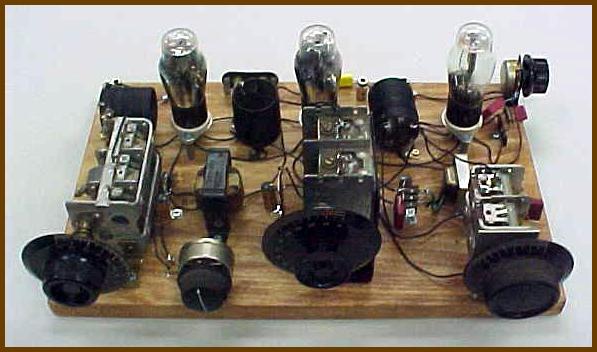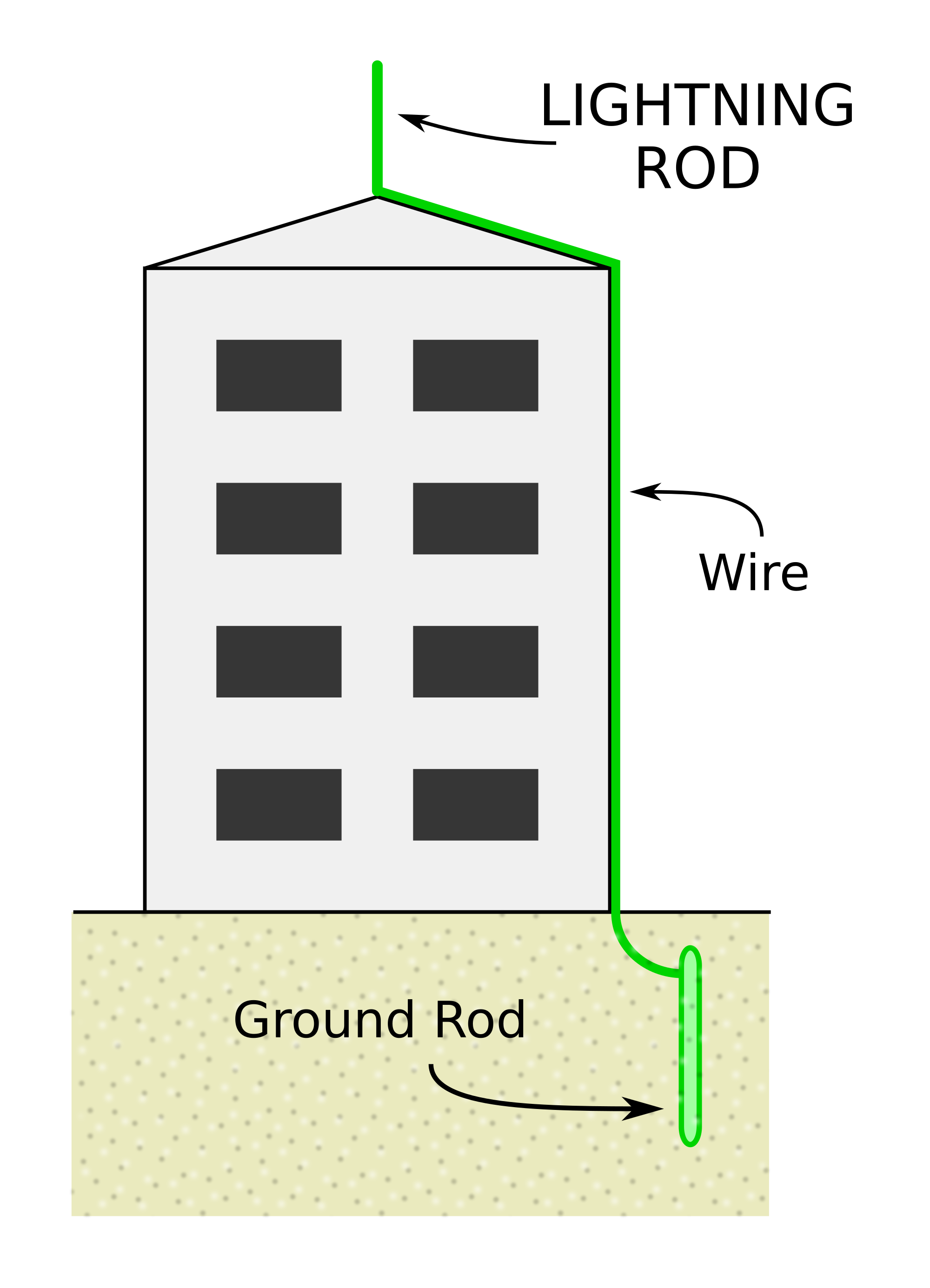If true, then cite technical flaws. I do not recommend antibiotics. I do not slam you for making speculations about video games. Insufficient technical knowledge is why so many assume near zero protection in a UPS is 100% protection.I'm not trying to slam the guy, but he's a genuine kook.
I must be a kook because urban myths are exposed in detail and with numbers. Companies that promote those myths could not be wrong? A majority who deny and then get emotional did not learn how this stuff works. Even ignored near zero UPS numbers to recommend it as protection. Many will slam or insult the messenger rather than admit how easily myths were believed. Then angrily attack the messenger rather than admit the first thing they believed was a scam.
Others read their emotional outbursts. Then know its target must be a kook. I did this stuff not years ago - decades ago. Others did not. Direct lightning strike without damage is old and proven technology. Why do UPS manufacturers install near zero protection in their products? It markets well to many who are emotionally manipulated by a soundbyte. In this case, a near zero joules numbers for each UPS means it does 100% protection. Myths said so. Anyone who says otherwise must be a kook.
Best protection for near zero protectors inside a UPS and for all other household appliances costs about $1 per protected appliance. If reading with care, then a $1 MOV myth would not be posted. Most only hear what they want to hear. Then attack anyone who cites what they needed to know before making an informed recommendation. Nobody said anything about a $1 MOV. He jumped to conclusions before learning what really works. Misinformed recommendations are almost routine when discussing protection. Therefore near zero protectors in a UPS increase sales and profits.




